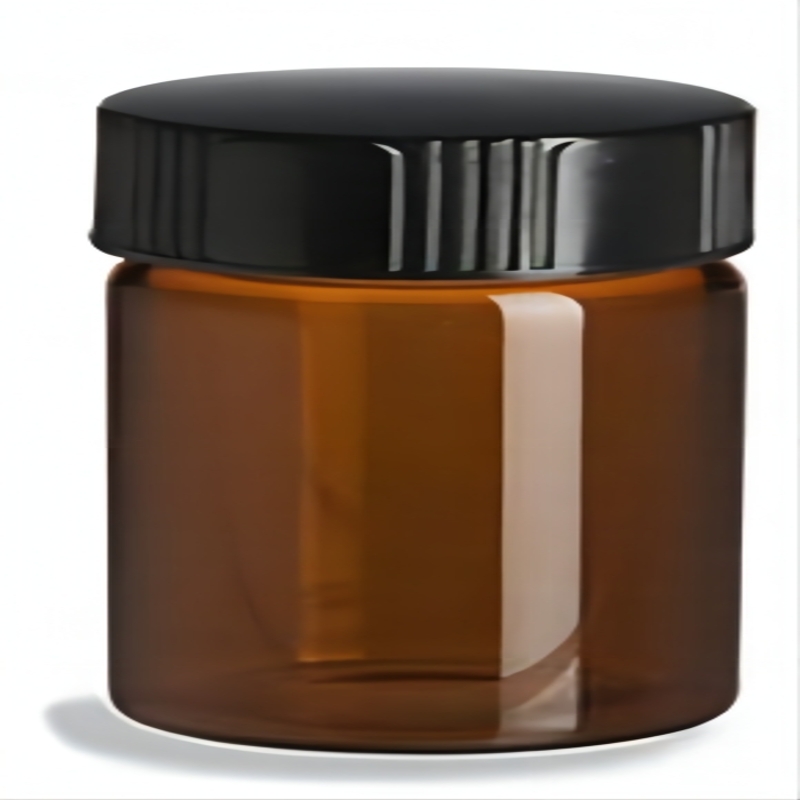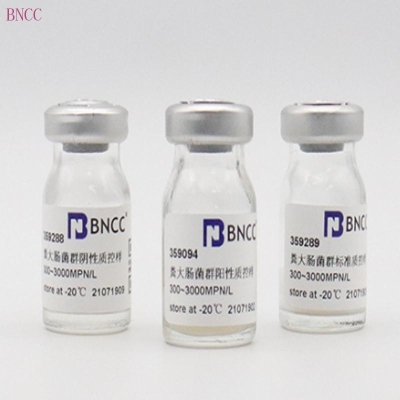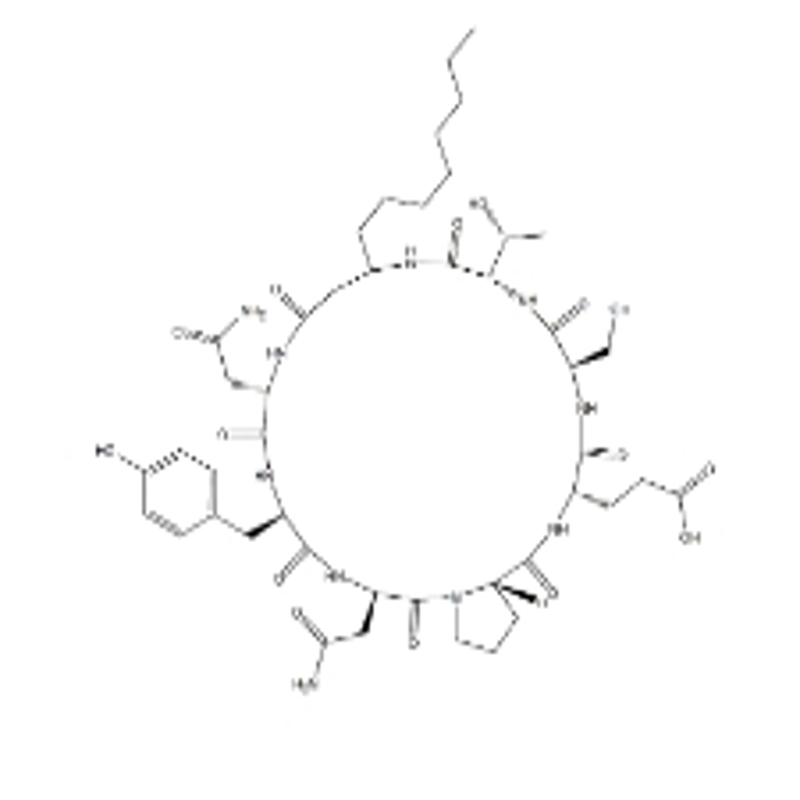Determination of Bacterial Adhesion to Intestinal Mucus
-
Last Update: 2021-02-15
-
Source: Internet
-
Author: User
Search more information of high quality chemicals, good prices and reliable suppliers, visit
www.echemi.com
The epithelial cells in the small intestine are covered by a relatively thick layer of mucus, secreted by specialized cells, which consists of mucin, many small associated proteins, glycoproteins, lipids, and glycolipids. The mucus contains receptors that recognize specific adhesion proteins (
1
,
2
). Adhesion or close association of bacteria to the epithelial cells may further contribute to competitive exclusion. In addition, bacterial adhesion to intestinal mucus and epithelia seems to be important for individual stability of microbial flora (
3
). Although the mucus layer covering the gastrointestinal tract has been recognized for many years, it has only recently been of interest in the study of the adhesion between mucus and bacteria. In this chapter, we describe a method for the study of colonization of the gastrointestinal mucus by bacteria and determine the possible effects on adhesion of pathogenic organisms.
This article is an English version of an article which is originally in the Chinese language on echemi.com and is provided for information purposes only.
This website makes no representation or warranty of any kind, either expressed or implied, as to the accuracy, completeness ownership or reliability of
the article or any translations thereof. If you have any concerns or complaints relating to the article, please send an email, providing a detailed
description of the concern or complaint, to
service@echemi.com. A staff member will contact you within 5 working days. Once verified, infringing content
will be removed immediately.







